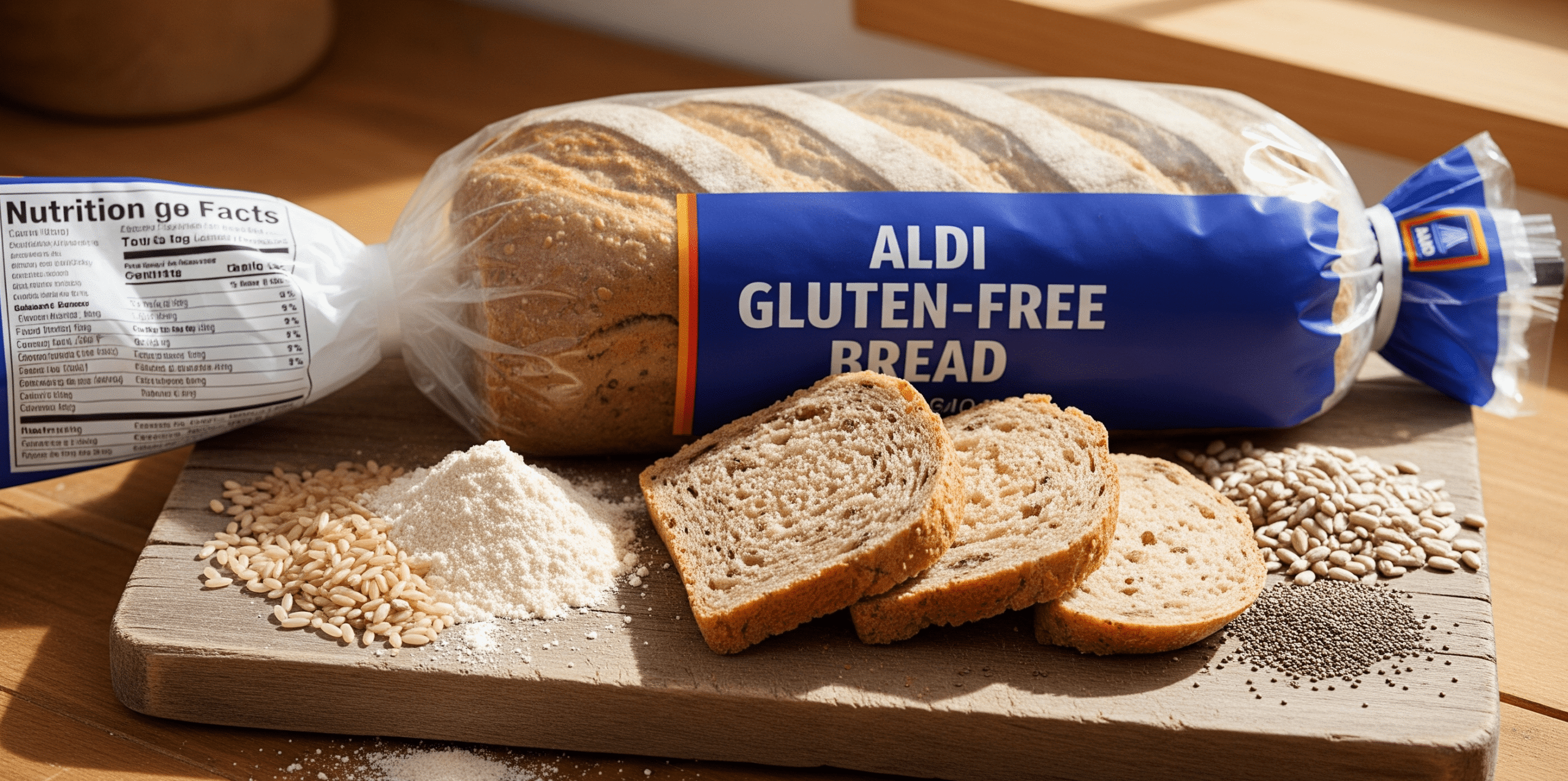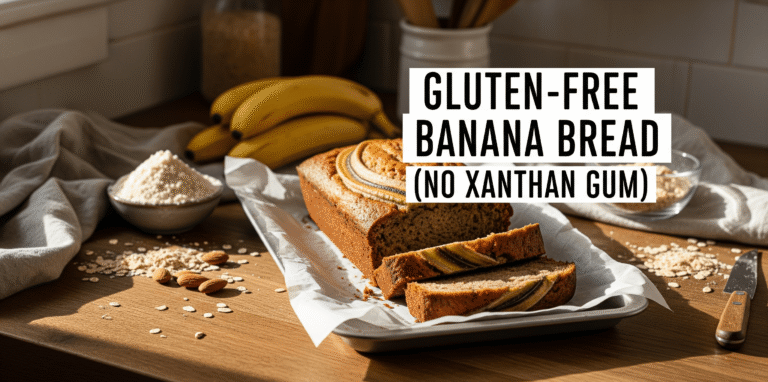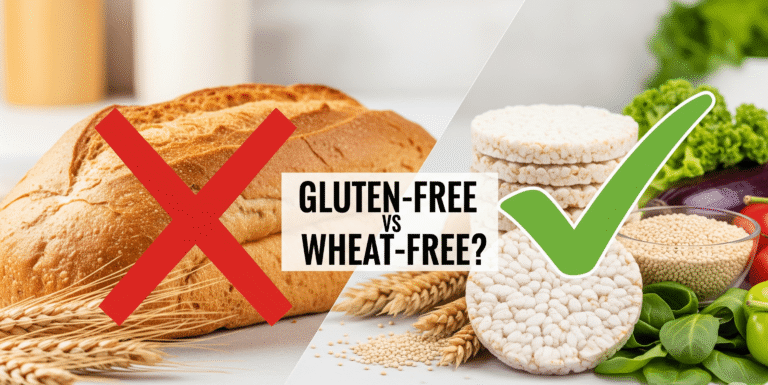Aldi Gluten Free Bread Ingredients: Complete List with Nutritional Breakdown
Today, gluten-free living is no longer a specialty way of life—it’s a full-fledged movement. If you are celiac, gluten-intolerant, or merely testing out a new lifestyle change, you have probably heard of Aldi’s gluten-free food line, liveGfree. One of the standouts? Aldi gluten free bread.
In this post, we’re going to take you through the entire Aldi gluten free bread ingredient list, dissect its nutrition facts, and address some hot questions you likely Googled five minutes ago. If you’ve ever stood in an Aldi aisle straining to read the label, you’re in the right place.
Also read – How to Make Gluten free Bread
What Makes Aldi Gluten Free Bread Special
Aldi gluten free bread ingredients are noteworthy for several reasons:
- It’s gluten-free certified
- It’s soy-free and dairy-free (in most of its varieties)
- It’s significantly cheaper than many competitors
- Taste and texture are unexpectedly similar to regular bread (a rare victory!)
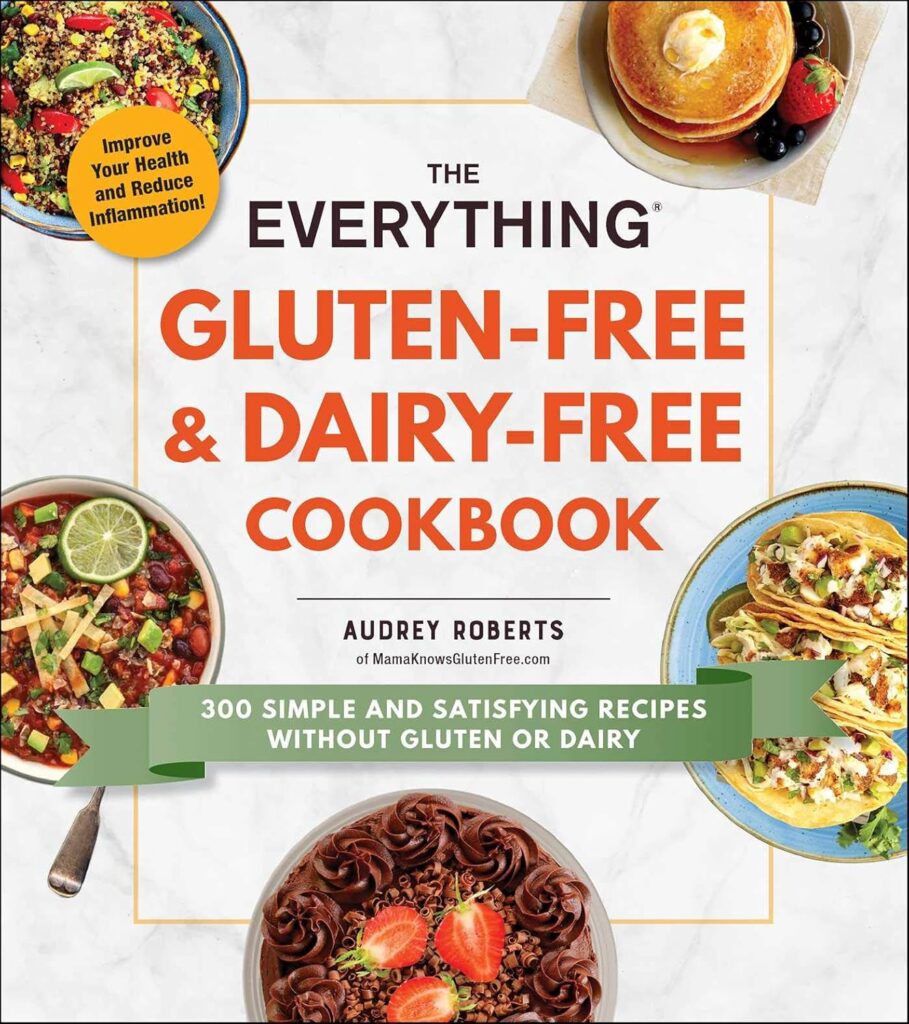
Aldi has really managed to bring gluten-free living within reach, and also for families or college students on tight budgets, that’s a huge plus for them.
Also read – Gluten Free Bread Aldi Review
Full List of Aldi Gluten Free Bread Ingredients
There are a few variations of Aldi’s gluten-free bread, such as Whole Grain Wide Pan and White Wide Pan. While these ingredients may vary slightly between the two, here is the combined, detailed list of what you will typically find and their purposes:
| Ingredient | Purpose |
|---|---|
| Water | Base liquid |
| Brown Rice Flour | Main gluten-free flour |
| Tapioca Starch | Improves texture |
| Corn Starch | Thickener and structure |
| Potato Starch | Softness and chew |
| Cornmeal | Adds body |
| Whole Grain Sorghum Flour | Contributes fiber and nutrition |
| Sugar | Taste & yeast activation |
| Yeast | Leavening |
| Soybean Oil | Moisture and tenderness |
| Xanthan Gum | Gluten replacement for binding |
| Apple Cider Vinegar | Preservative & taste |
| Salt | Flavor enhancer |
| Calcium Propionate | Mold prevention |
| Enzymes | Enhance shelf life and texture |
Note: This bread is GFCO-certified gluten-free, which is less than 10 parts per million (ppm) of gluten—far less than the legal standard.
Also read – Homemade Gluten-Free Noodles
Nutritional Breakdown (Per Slice)
Here is the breakdown of the nutritional profile per slice (based on the Whole Grain variant):
| Nutrient | Amount per Slice |
|---|---|
| Calories | 70 |
| Total Fat | 2g |
| Saturated Fat | 0g |
| Cholesterol | 0mg |
| Sodium | 120mg |
| Total Carbohydrates | 12g |
| Dietary Fiber | 1g |
| Sugars | 1g |
| Protein | 1g |
Low in fat and sugar, this bread is a good fit for most dietary plans—whether you’re keto-adjacent or simply trying to stay away from junk.
Variants and Their Unique Ingredient Profiles
Various variants of Aldi gluten free bread have some differences in ingredients and flavor.
1. White Wide Pan Bread
- Lighter texture
- Sweeter taste
- Slightly lower fiber content
2. Whole Grain Wide Pan Bread
- Heavier, denser bite
- Includes more whole grains like sorghum
- Higher in fiber
If you are looking for a more traditional sandwich bread, go white. If fiber and whole grains matter to you, pick the whole grain version.
Also read – Gluten and Lactose Free Cassava
Is Aldi Gluten Free Bread Healthy?
Let’s talk real here—gluten-free doesn’t have to equal “healthy.” But Aldi’s is a decent balance of clean ingredients and convenience. It doesn’t contain artificial flavors, preservatives (other than mold inhibitors), or high fructose corn syrup.
Compared to much of the gluten-free bread out there, it’s fairly low in sugar and fat. That being said, it’s still processed, so if you’re going really clean, making your own loaf might be the way to go.
Still, for a store-bought option? This one’s a win.
Taste & Texture: Does It Hold Up?
Let’s be honest—most gluten-free breads are dry, crumbly, and need a toaster just to taste edible.
But Aldi’s version? Surprisingly soft, even right out of the package. The texture holds up for:
- Sandwiches
- French toast
- Grilled cheese
- Avocado toast (yes, even the Instagram-worthy kind)
Toasting does enhance flavor, but you won’t have to toast it just to not choke on crumbs. That’s a welcome luxury in the gluten-free world.
Also read – Gluten Free Packaged Snacks
Storage Tips for Aldi Gluten Free Bread
Due to the composition of the ingredients of Aldi gluten free bread, it doesn’t last as long as regular bread. Here’s how to store it:
- Unopened: Store in a dry, cool location. Check expiration date.
- Opened: Store in refrigerator and use within 5–7 days.
- Freezing: Absolutely fine. Freeze slices in batches and toast as needed.
Freezing doesn’t ruin texture too much—just don’t re-freeze several times.
FAQs Over Aldi Gluten Free Bread Ingredients
Does Aldi gluten free bread include eggs or dairy products?
Nope! The vast majority are vegan-friendly. You just have to ensure that you always check the label, as recipes do vary sometimes.
Is it okay for individuals with celiac disease?
Yes. It’s certified gluten-free, which means it’s been tested to contain less than 10ppm of gluten.
Does it contain soy?
The bread contains soybean oil, which is highly refined and often considered non-allergenic. But if you’re very sensitive to soy, always double-check.
Are there preservatives?
Yes, like calcium propionate, but no artificial preservatives or flavors.
Where to Buy and Price Point
You should be able to find Aldi’s liveGfree gluten-free bread in the bakery or freezer aisle (location permitting). The cost is typically around $3.99 to $4.49, which is one of the lower prices available.
Most shoppers also comment that Aldi restocks regularly—but stock can disappear in no time, particularly in allergy-suffering times of year. So when you can spot it, perhaps snag an extra loaf or two!
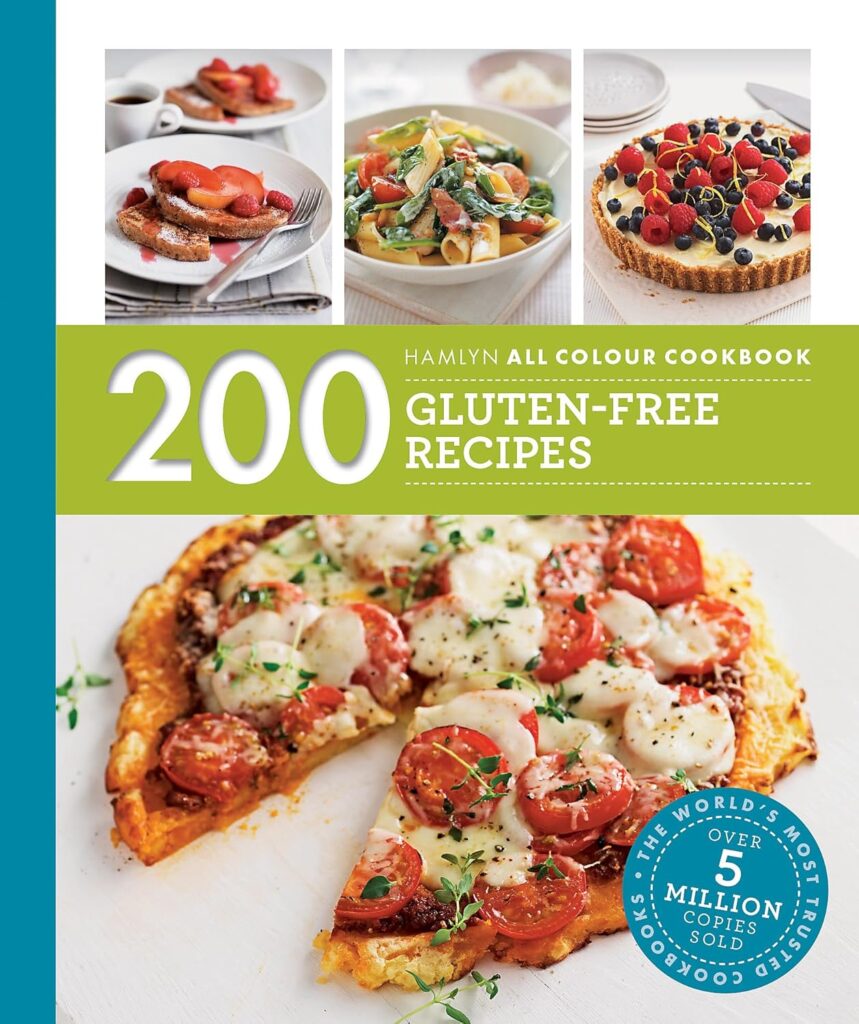
Conclusion:
If you’re gluten-free and craving a no-frills, affordable bread that is actually palatable, Aldi’s got you covered. The Aldi gluten free bread ingredients reflect a considerate mix of gluten-free flours, starches, and binders, and its nutritional profile is conducive to a well-rounded diet.
In addition to excellent taste, affordable price, and reliable gluten-free certification, it’s a pantry staple you should try—whether you’re just starting to adapt to gluten-free living or are a gluten-free pro.
So next time you’re at Aldi, skip the label-reading stress and toss a loaf in your cart. Your sandwiches (and your gut) will thank you.
